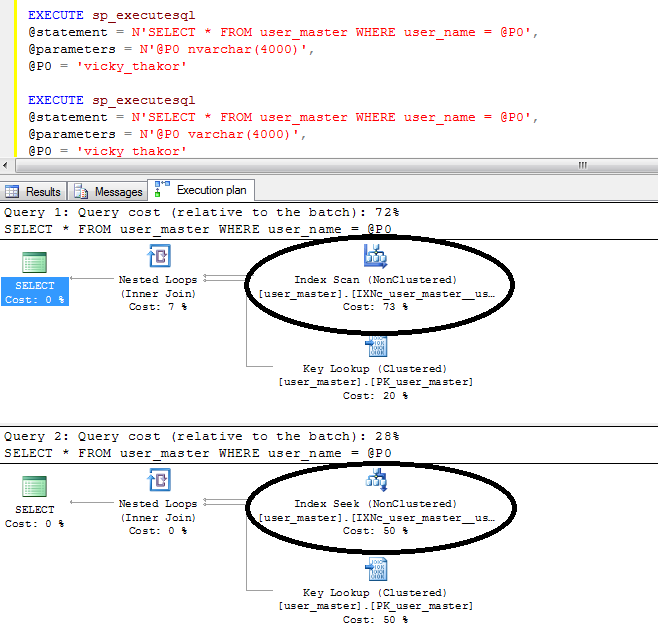


The configuration property -auto=create-drop means that Spring Boot will automatically create a database schema at application start-up, and will try to delete it when it shuts down. This step will create a non-admin user and grant all permissions on the demo database to it. Create an SQL database non-admin user and grant permission If you're connecting to your Azure SQL Database server from Windows Subsystem for Linux (WSL) on a Windows computer, you need to add the WSL host ID to your firewall. For more information, see Tutorial: Secure a database in Azure SQL Database. To be able to use your database, open the server's firewall to allow the local IP address to access the database server. They have a firewall that doesn't allow any incoming connection. Configure a firewall rule for your Azure SQL Database serverĪzure SQL Database instances are secured by default. If you want to go faster, this application is already coded and available at.
#Import.sql hibernate java code
In this tutorial, you'll code a sample application. For more information, see the Create an Azure AD admin section of Tutorial: Secure a database in Azure SQL Database.
#Import.sql hibernate java driver
To use passwordless connections, upgrade MS SQL Server Driver to version 12.1.0 or higher, and then create an Azure AD admin user for your Azure SQL Database server instance. Be sure to select Maven Project and, under Dependencies, add the Spring Web, Spring Data JPA, and MS SQL Server Driver dependencies, and then select Java version 8 or higher. If you don't have a Spring Boot application, create a Maven project with the Spring Initializr. For instructions, see Quickstart: Create a single database - Azure SQL Database. If you don't have one, create an Azure SQL Server instance named sqlservertest and a database named demo. Java Development Kit (JDK), version 8 or higher. PrerequisitesĪn Azure subscription - create one for free. Because these passwords are stored in SQL Database, you need to manage the rotation of the passwords by yourself. If you choose to use passwords as credentials for the accounts, these credentials will be stored in the user table. SQL Database authentication uses accounts stored in SQL Database. With Azure AD authentication, you can manage database user identities and other Microsoft services in a central location, which simplifies permission management. The Passwordless tab shows the Azure AD authentication and the Password tab shows the SQL Database authentication.Īzure AD authentication is a mechanism for connecting to Azure Database for SQL Database using identities defined in Azure AD. In this tutorial, we include two authentication methods: Azure Active Directory (Azure AD) authentication and SQL Database authentication. The Java Persistence API (JPA) is the standard Java API for object-relational mapping.
#Import.sql hibernate java how to
This tutorial demonstrates how to store data in Azure SQL Database using Spring Data JPA.


 0 kommentar(er)
0 kommentar(er)
